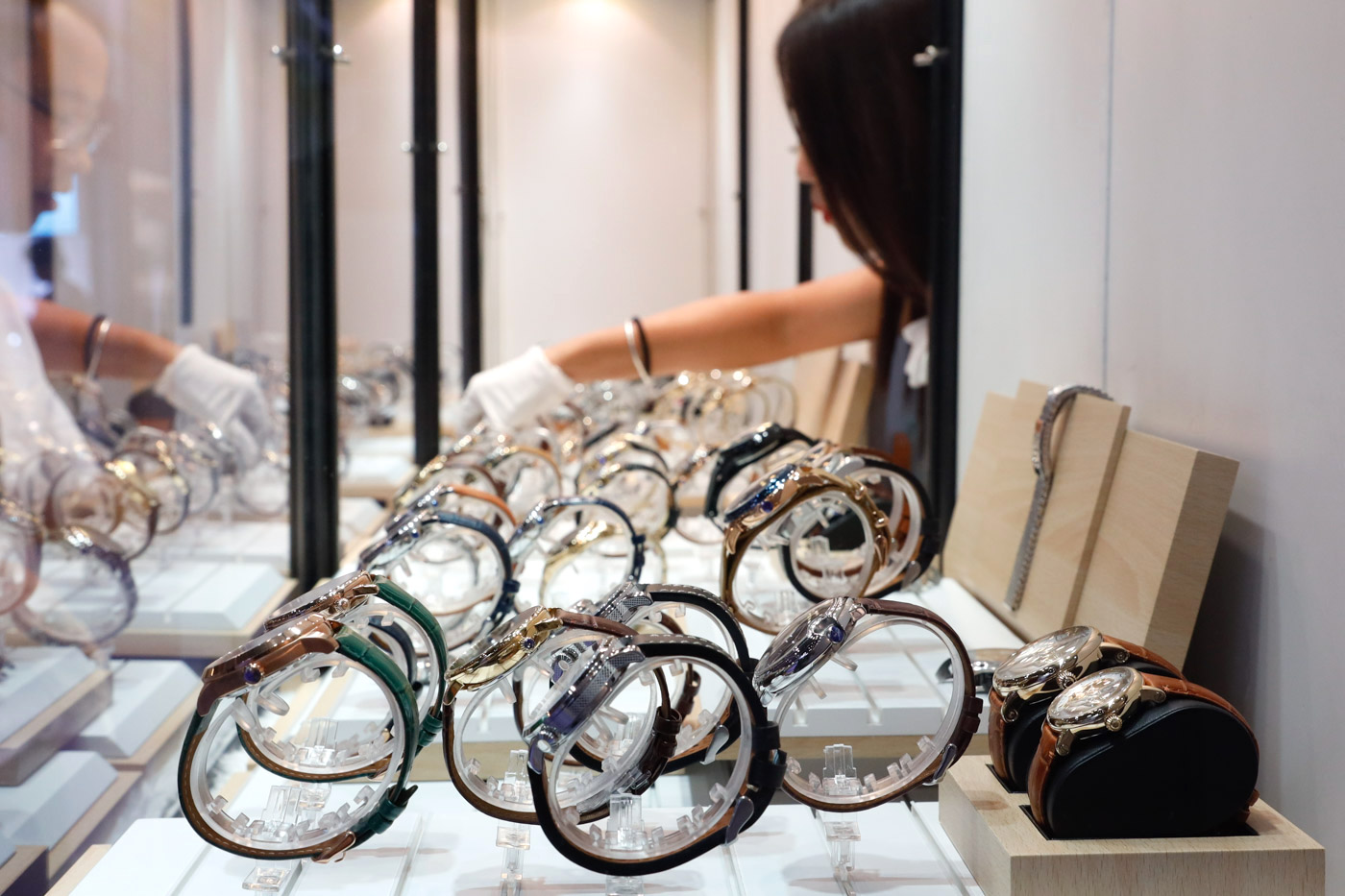
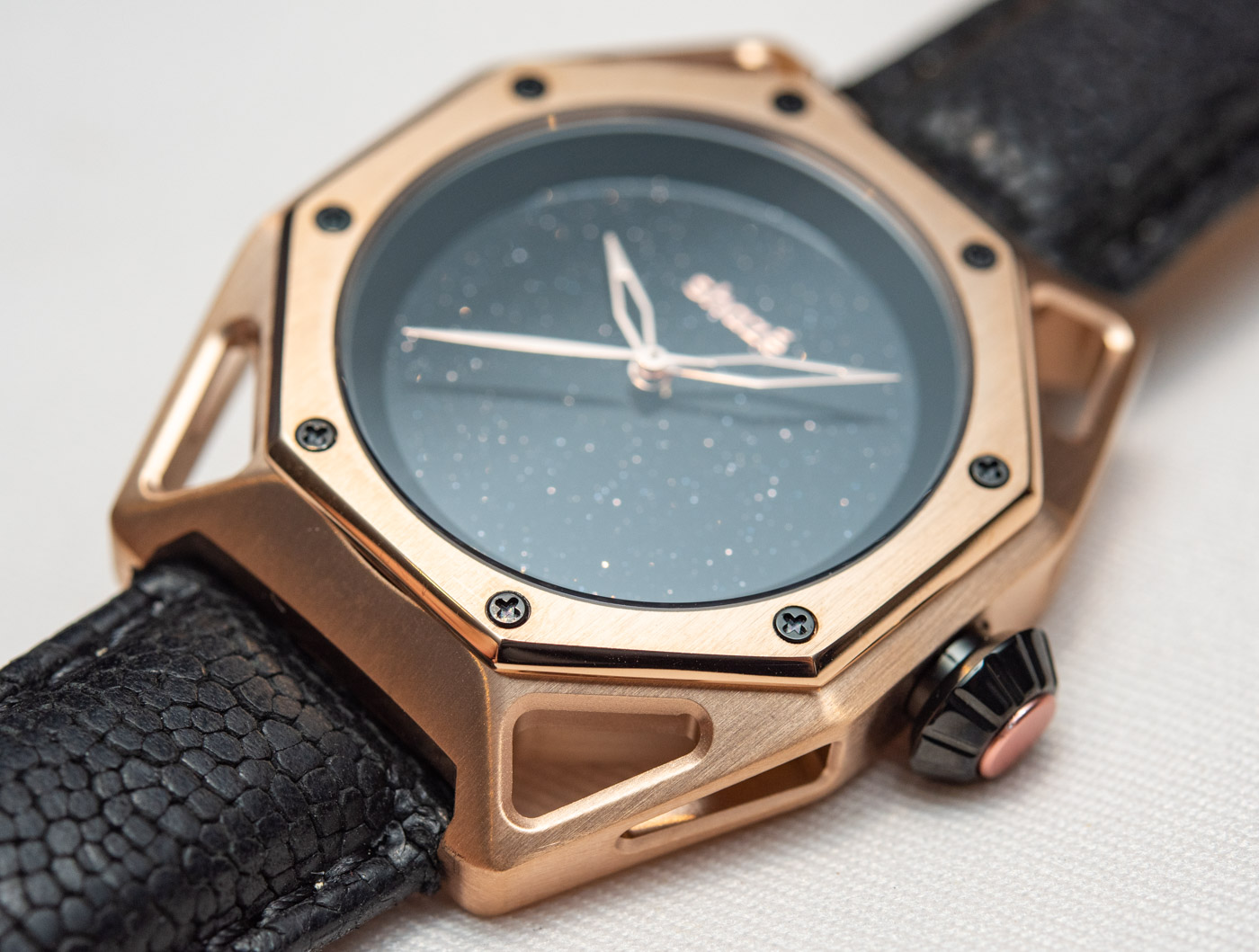
And so, we have arrived at the point that, just a few years ago, everyone thought would only come hand-in-hand with the demise of established brands and their elevated price points. And yet, that was not quite to be, as there appears to be a distinctly different discipline that Asian competitors must master: marketing.
To their credit, and in very stark contrast with Swiss and Japanese brands, I have not ever heard one single exhibitor at any of the Hong Kong Watch & Clock Fairs ever say, “We’ll get the quality right and that will speak for itself.” Frankly, I am gobsmacked when, even these days, I hear Swiss, Japanese, and even German brands say this — and actually believe it. I could go on about how and why that is an inherently dysfunctional approach, but rather than do that, I’ll just give credit once again to the exhibitors at the fair, who are trying and erring at marketing, rather than not doing anything.

Inevitably, there are some rather amusing errors — but then again, only those who don’t try make no mistakes. Brand names such as “Bigotti” and “Stalingrad” are obviously OEM-turned-watch-brand errors, where their often decades-long expertise lies exclusively in manufacturing watches, not in marketing them. But even these, as well as technically every other noteworthy brand, do way better today than even just a few years ago when it comes to dressing their presentations up in fancy images, props, and slogans. As I said, it’s a whole lot of trial and error, with hundreds of exhibitors over two massive floors — and all that effort has, and will continue to, yield them results.
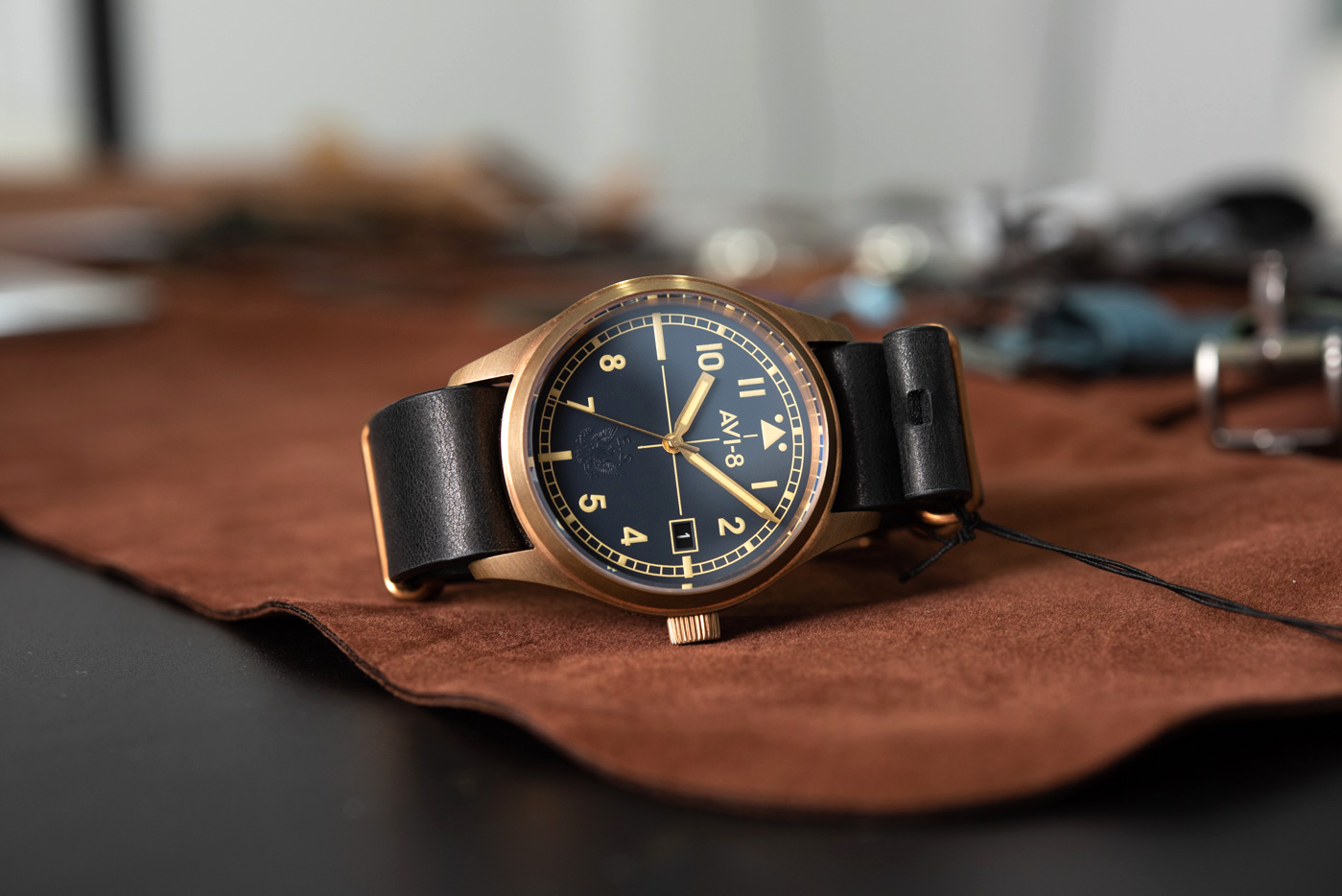
Among those leading the pack, in my opinion, is a watch group called Solar Time, Ltd., with its portfolio of brands including AVI-8 (combat aviation-inspired watches), Spinnaker (originally a yachting-inspired brand that has followed the tides and turned into a vintage dive watch-inspired brand) and Dufa (the German minimalist, Bauhaus-inspired brand), along with other brands. They were among the first of their segment to understand and utilize the techniques that European luxury brands have long been implementing: They structure their brand portfolios intelligently, assigning very accurately defined customer bases, price points, design DNA, and niches to each of their brands. The group does this for all its brands but performs the technique most efficiently with AVI-8, Spinnaker, and Dufa.
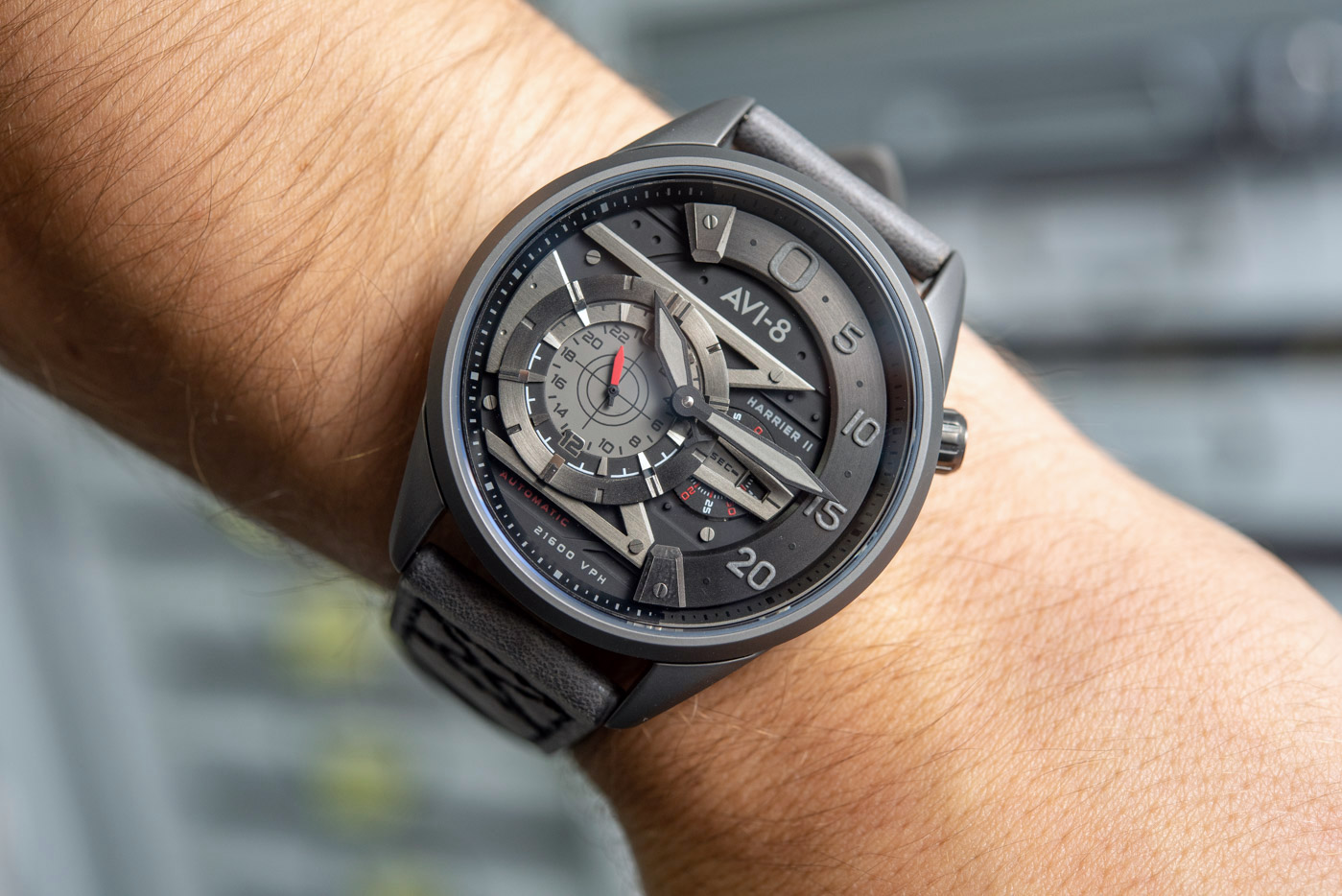
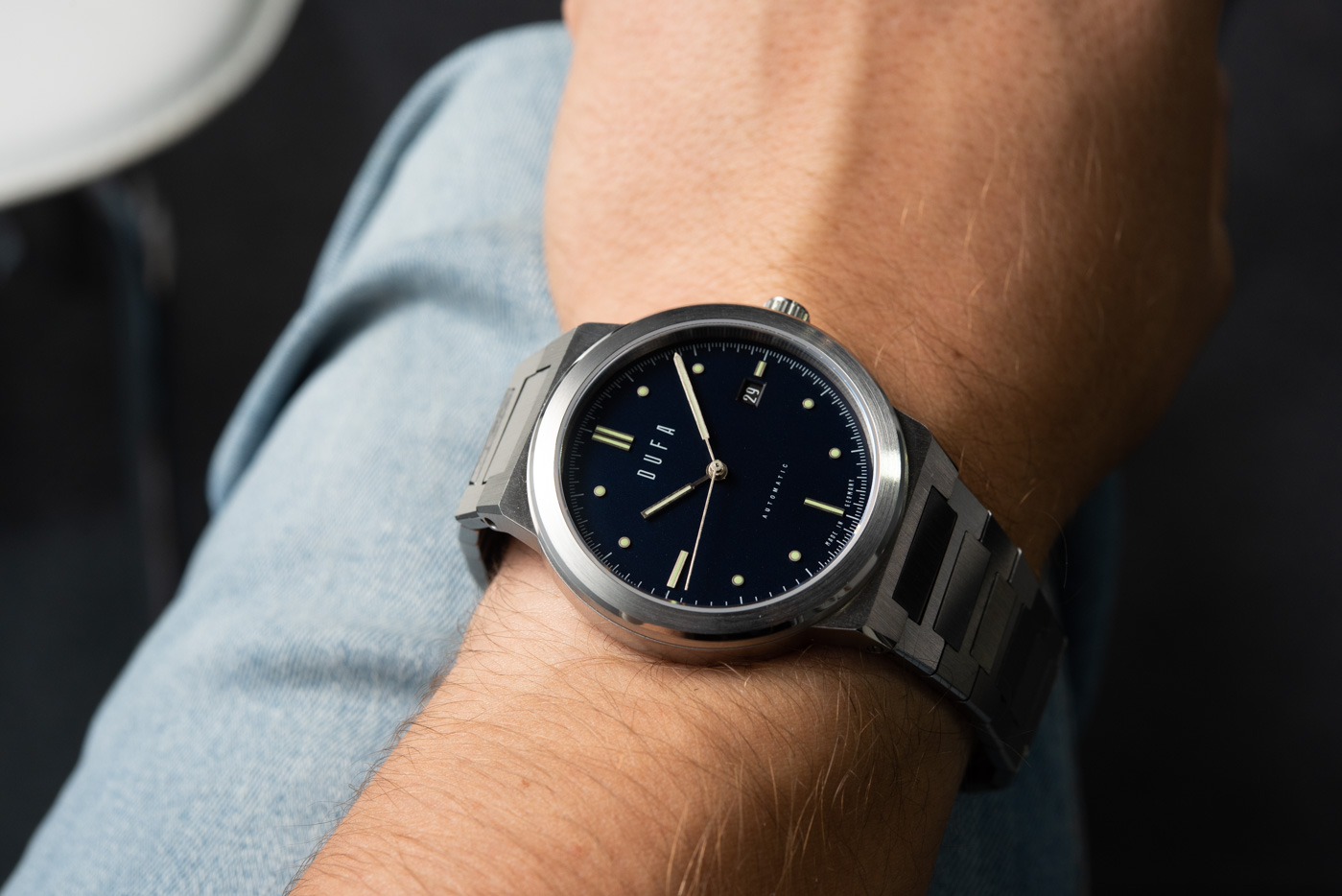
They combine product design with marketing in ways that, once applied on a larger scale by the exhibitors of the Hong Kong Watch & Clock Fair, will elevate their entire industry. In talks with the group, they testified to what I already knew: Getting not just the product right, but also establishing and maintaining sophisticated brand-level marketing, is extremely challenging. The thing is that the quality of Asian-produced watches is, by all means, destined to improve steadily, as manufacturing methods relentlessly get better and cheaper as time passes. By contrast, marketing isn’t something you can learn to use and operate from a handbook. The playbook changes constantly — marketing platforms change as swiftly and as often as the attention and preferences of the audience. Keeping on top of all that requires as much effort, as many skills, and as much investment as does the manufacturing of the product itself and, in some cases, even more than that.
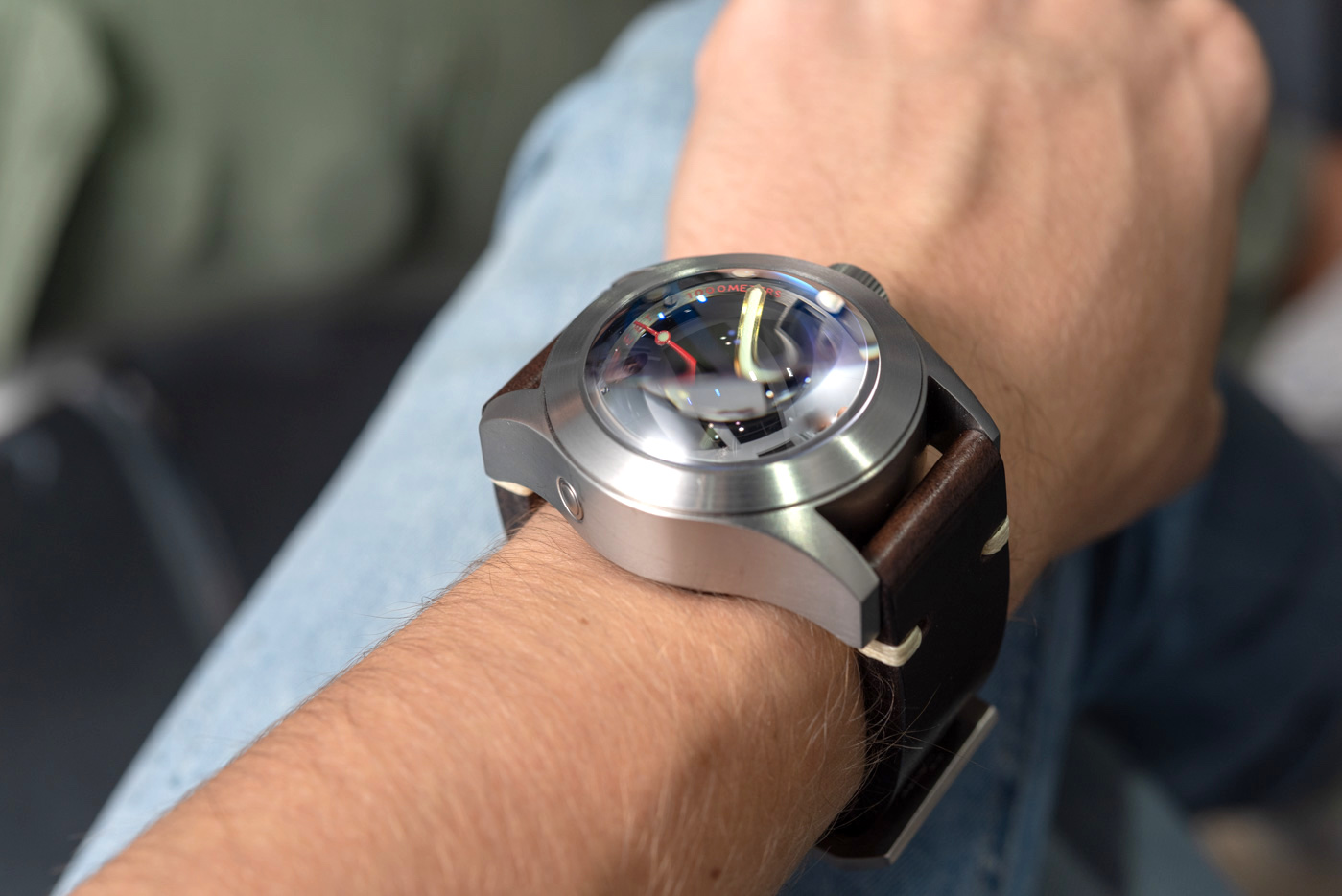
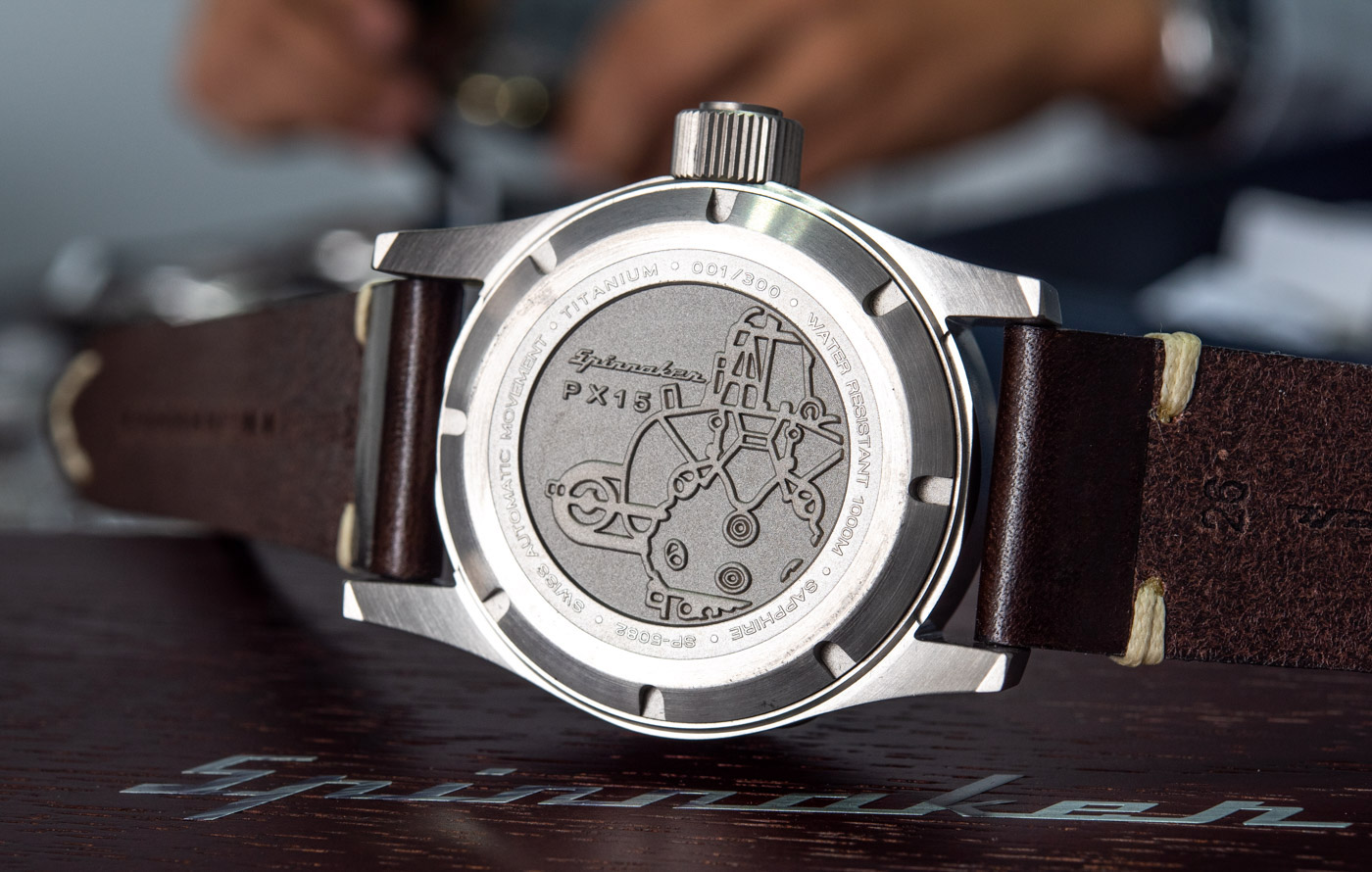
Spinnaker — another Solar Time, Ltd. brand displayed at the group’s Hong Kong Watch & Clock Fair 2019 booth, and positioned as the manufacturer of vintage-themed dive and sport watches priced between $300 and $1,000 — is at the point that it’s making halo products now. Seen above is their tribute to record-setting dive watches of the ’60s, like the Rolex Deep Sea Special. They know they won’t be selling bucketloads of this massive, 1000m water resistant, titanium-clad diver — but their goal is different with it, anyway. It is a product whose purpose is to show followers of the brand that Spinnaker dives deep into the world of vintage dive watches and takes its selected niche more seriously than others. Oh, and if someone likes a thick, yet light, impressively water resistant, vintage-inspired diver, then it’s their lucky day.
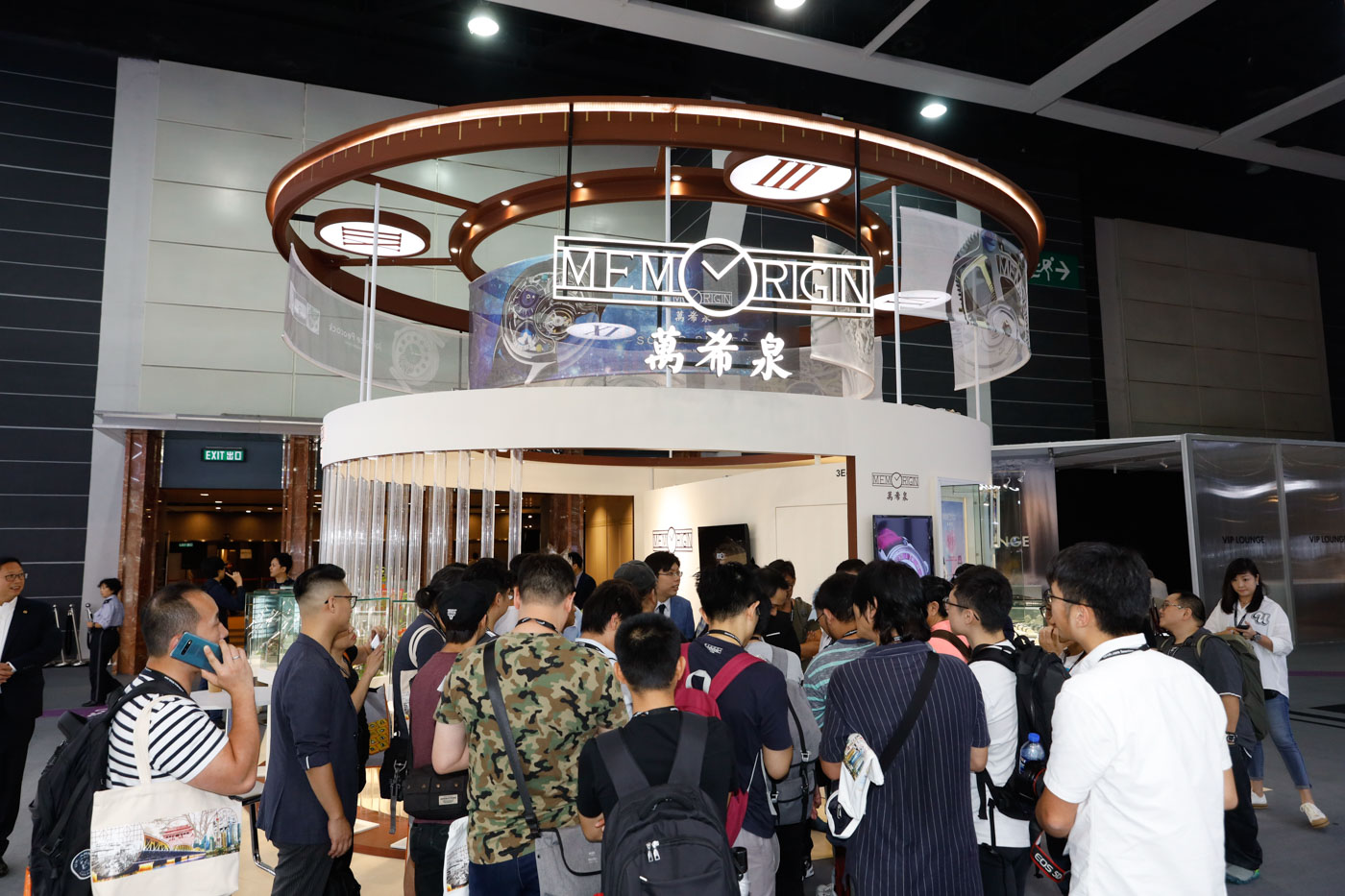
Memorigin is another established name among prominent Asian watchmakers, as the company has more or less single-handedly been carrying the baton for high-end, highly creative Chinese watchmaking. Tourbillons, hand-engraved dragons, officially licensed Transformers and Star Wars watches, as well as elaborately handcrafted, bejeweled dials and cases make up Memorigin’s portfolio, along with a record of occasions when Memorigin stood out as the first Chinese luxury brand not afraid to take on techniques, materials, and complications thus far seemingly reserved for the Europeans and the Japanese.
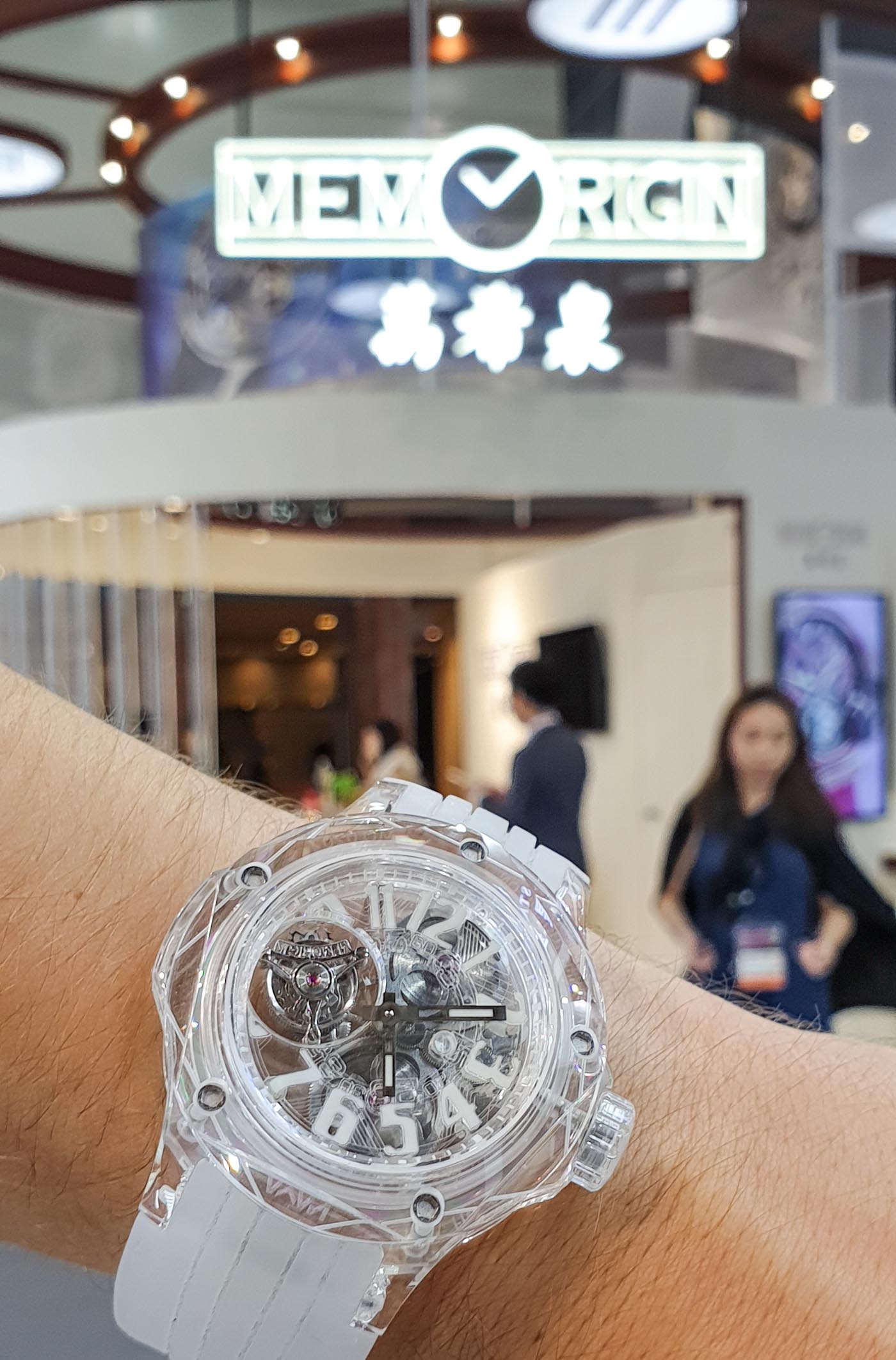
At the Hong Kong Watch & Clock Fair 2019, Memorigin presented its first sapphire crystal-cased, tourbillon-equipped watch — with a tentative retail price of around $25,000 (to be confirmed). The quality of the sapphire crystal case was on par with anything I have seen so far — and I have seen most all sapphire crystal-cased watches launched in the last decade. The case was clear, even nicer (smoother) to the touch, with no cracks to be seen, and the pentagonal design, although arguably derivative, certainly didn’t make for easy manufacturing either. That is Memorigin living up to its reputation: trying and ultimately doing something crazy many might have thought only the big brands could pull off. The fact that they are as humble about it as they have ever been is equally refreshing when compared with the Swiss alternatives (who, by the way, probably source their cases from the same manufacturer…).
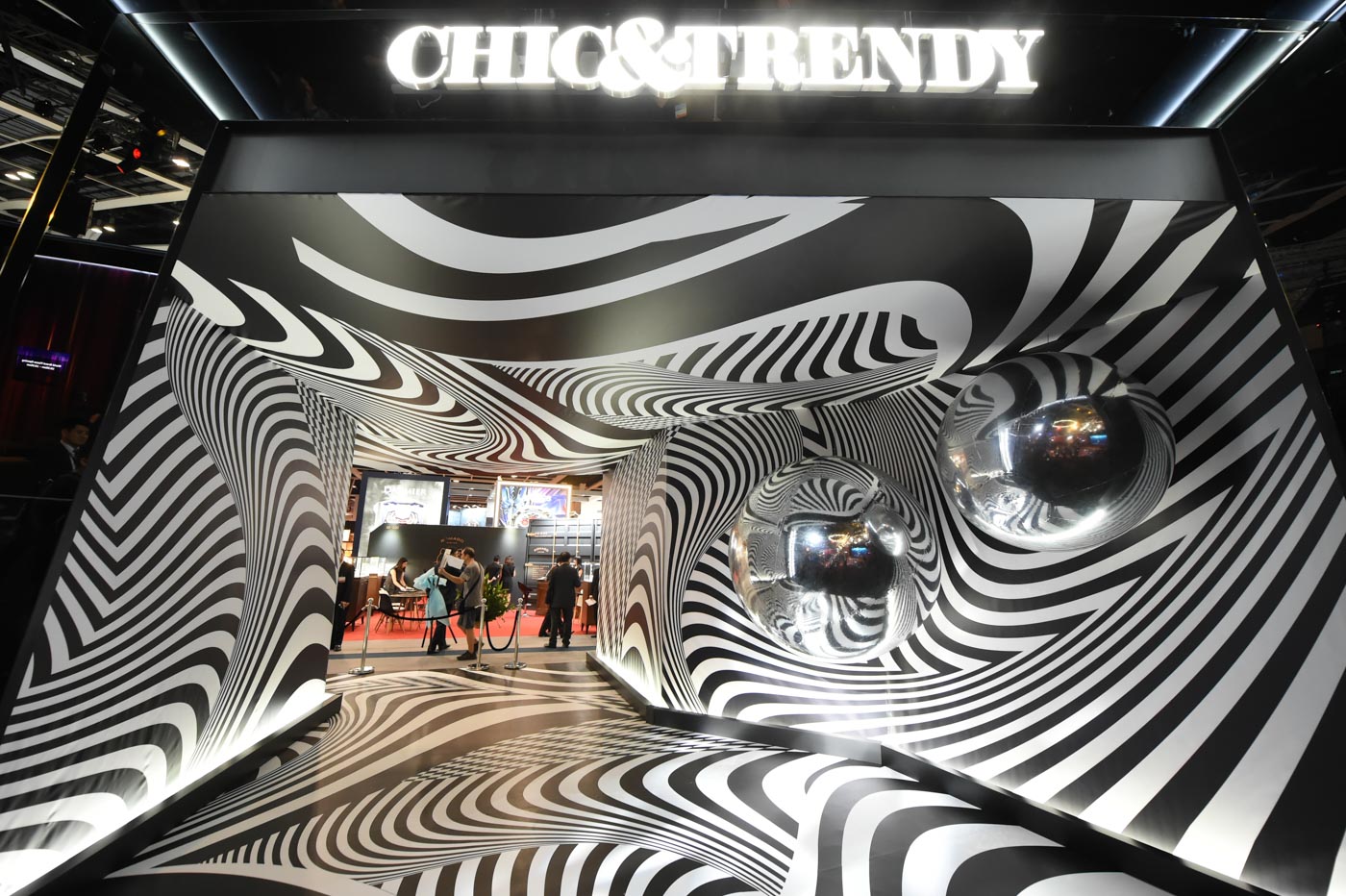
At the same time, there are some exhibiting brands who still believe it is enough to say as opposed to actually do. One company I met had produced a distinctly poorly executed and borderline objectively distasteful watch that their representative kept on referring to as a “cutting-edge design” that “leads the way.” Who knows, maybe they do actually believe that their product is as good as they say it is — but from the pushy and aggressive way with which they kept banging on about the “qualities” of the product, I gathered their approach was knowingly based on being pushy and loud in their presentation and just hoping to find a receptive audience. This practice has its roots set firmly and deeply in modern Swiss luxury watchmaking culture; but, to the Europeans’ credit, there is rarely quite so much of an abyss between quality and ego.
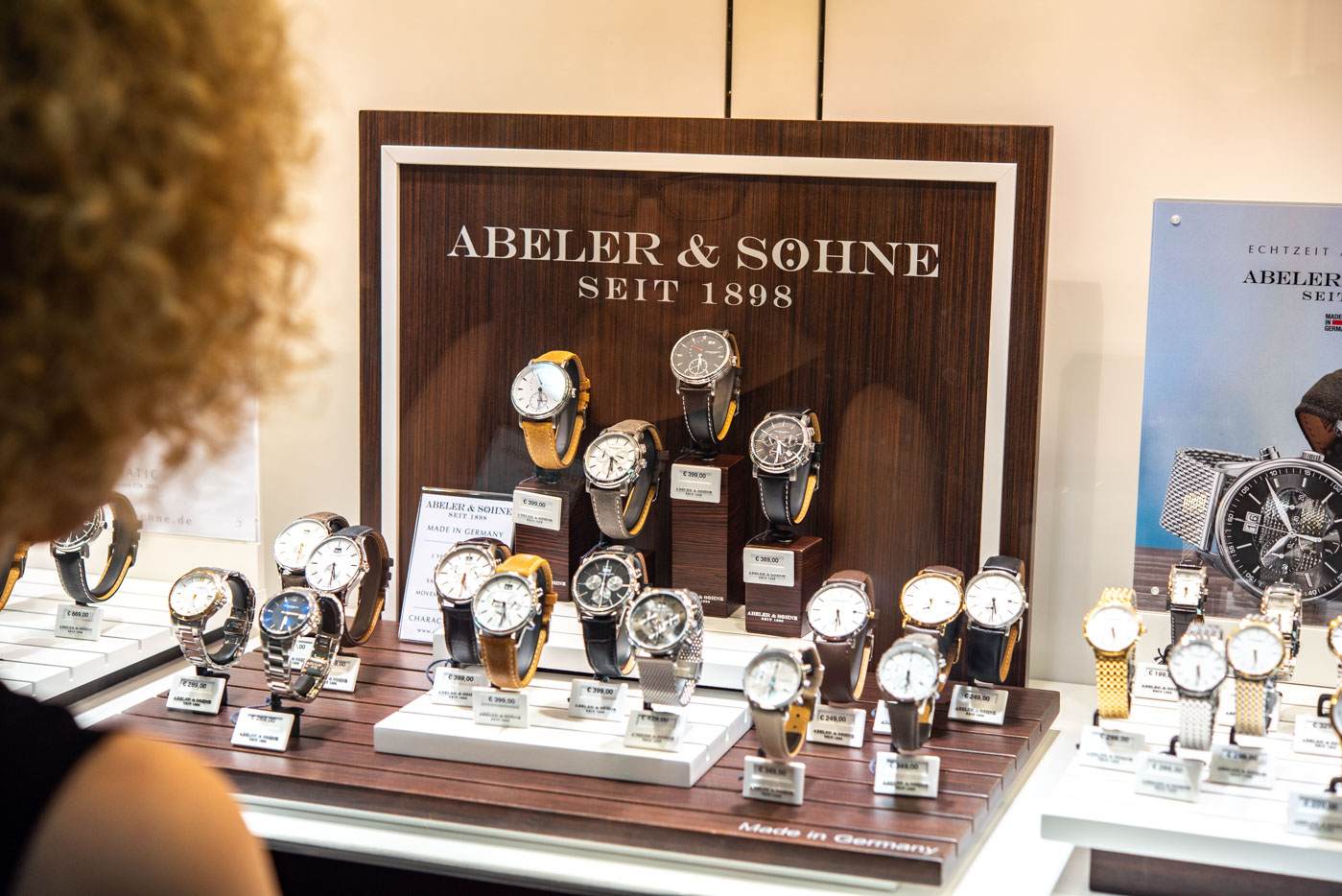
Then, there are those who set off on their branded adventures through a heavy reliance on imitation, often down to such minute details as typography, as seen above. You have the fancy typeface, a good-sounding name, an old date from just before the 1900s, a Made in Germany badge (we’ll return to that in a moment), and some distinctly generic-looking watches that do not appear to have anything whatsoever to do with the name, the date, Germany, or anything else that I have just described. Imagine product quality and marketing sophistication racing head-to-head — sometimes it’s the former, sometimes it is the latter that overtakes the other. But the race is on, and the end result is a relentless, though still long, advancement in these fields. It is through trial and error, and it would be of terrible hypocrisy to “forget” the hilarious and/or poor marketing moves every major Swiss brand had made in the last few decades — and it isn’t as though they were perfect today. So let’s cut these new brands, and indeed the Asian industry of branded watches as a whole, some slack and remember that the established industry didn’t get to where it is today without its own mistakes.

